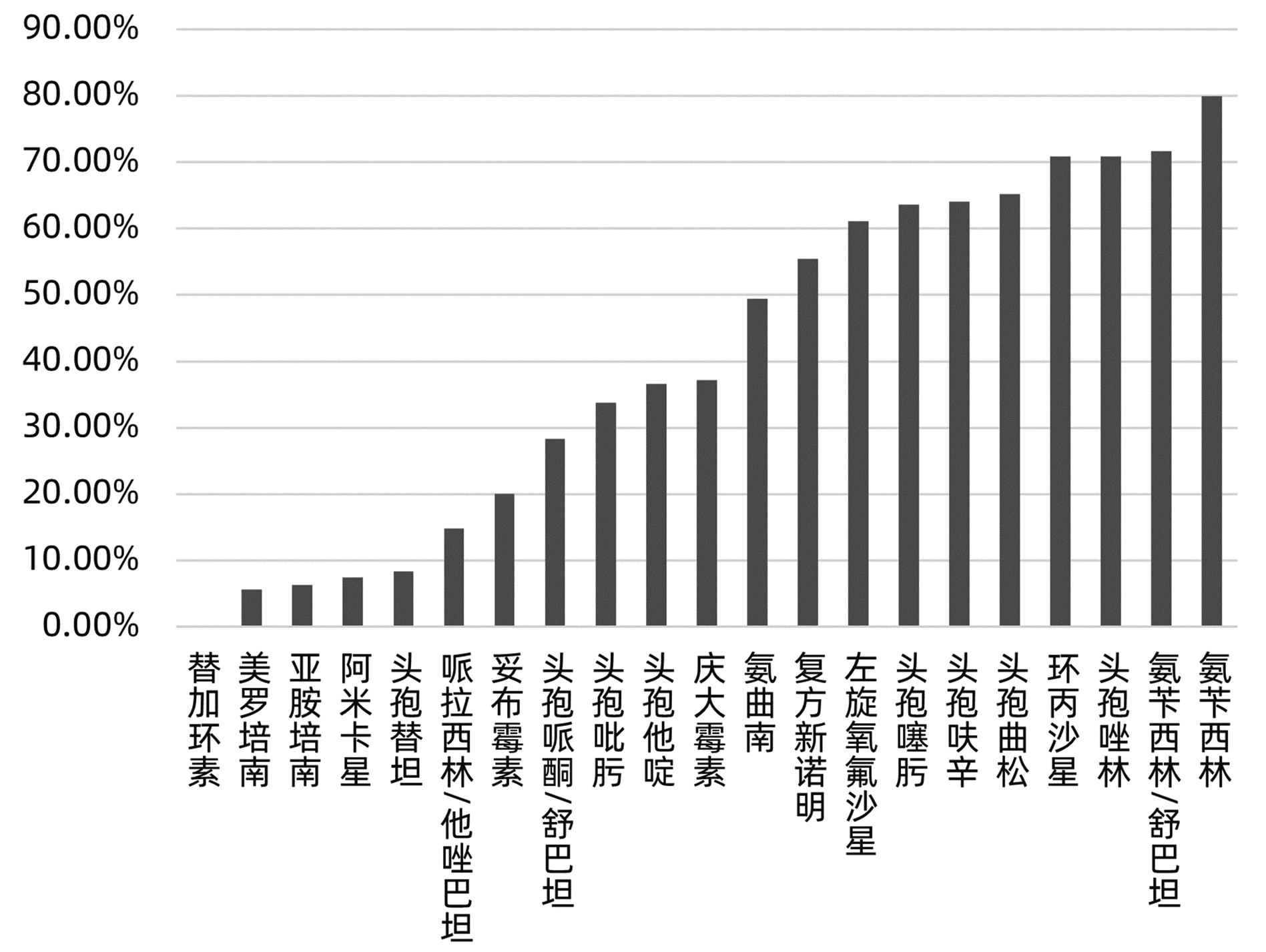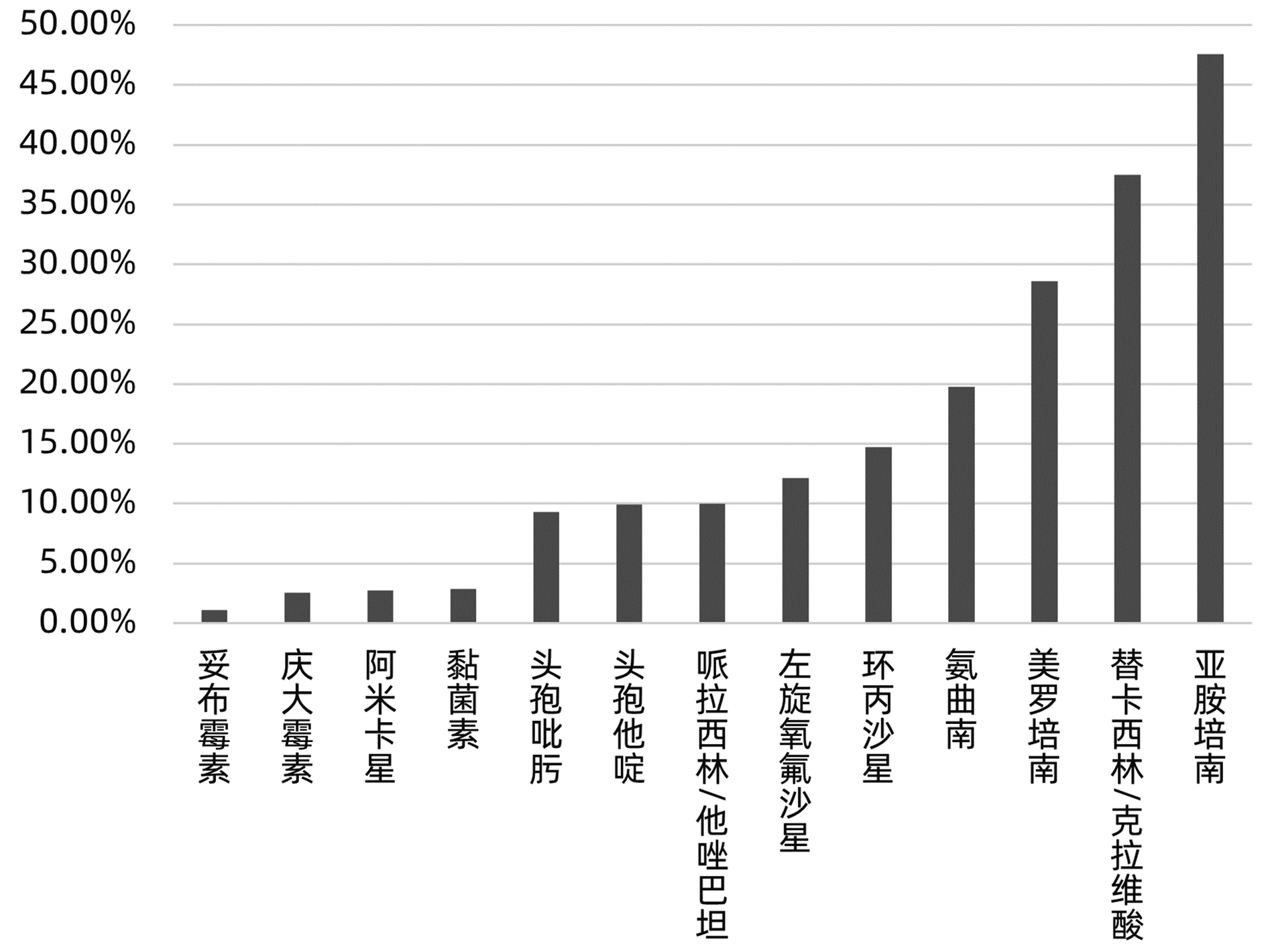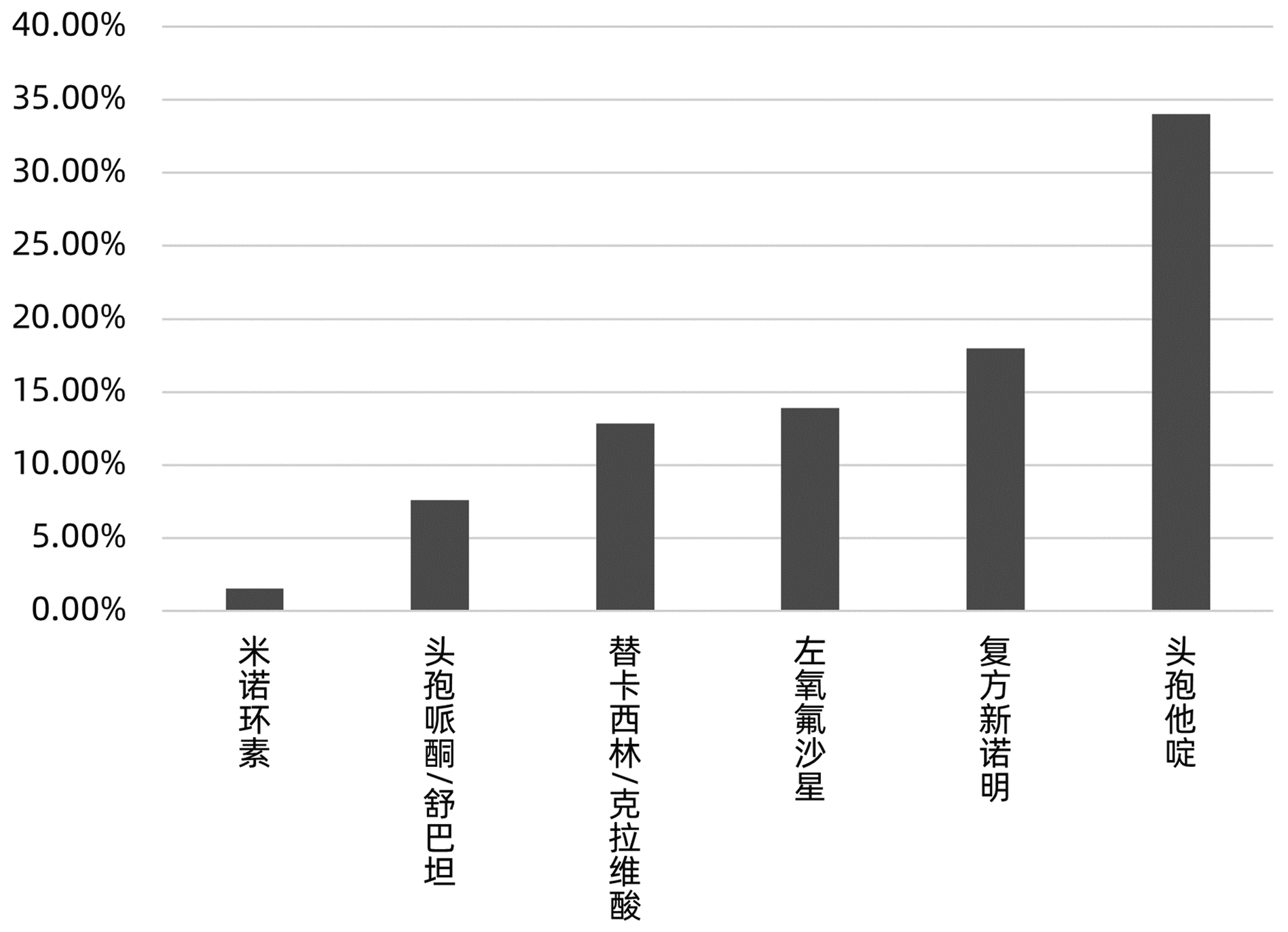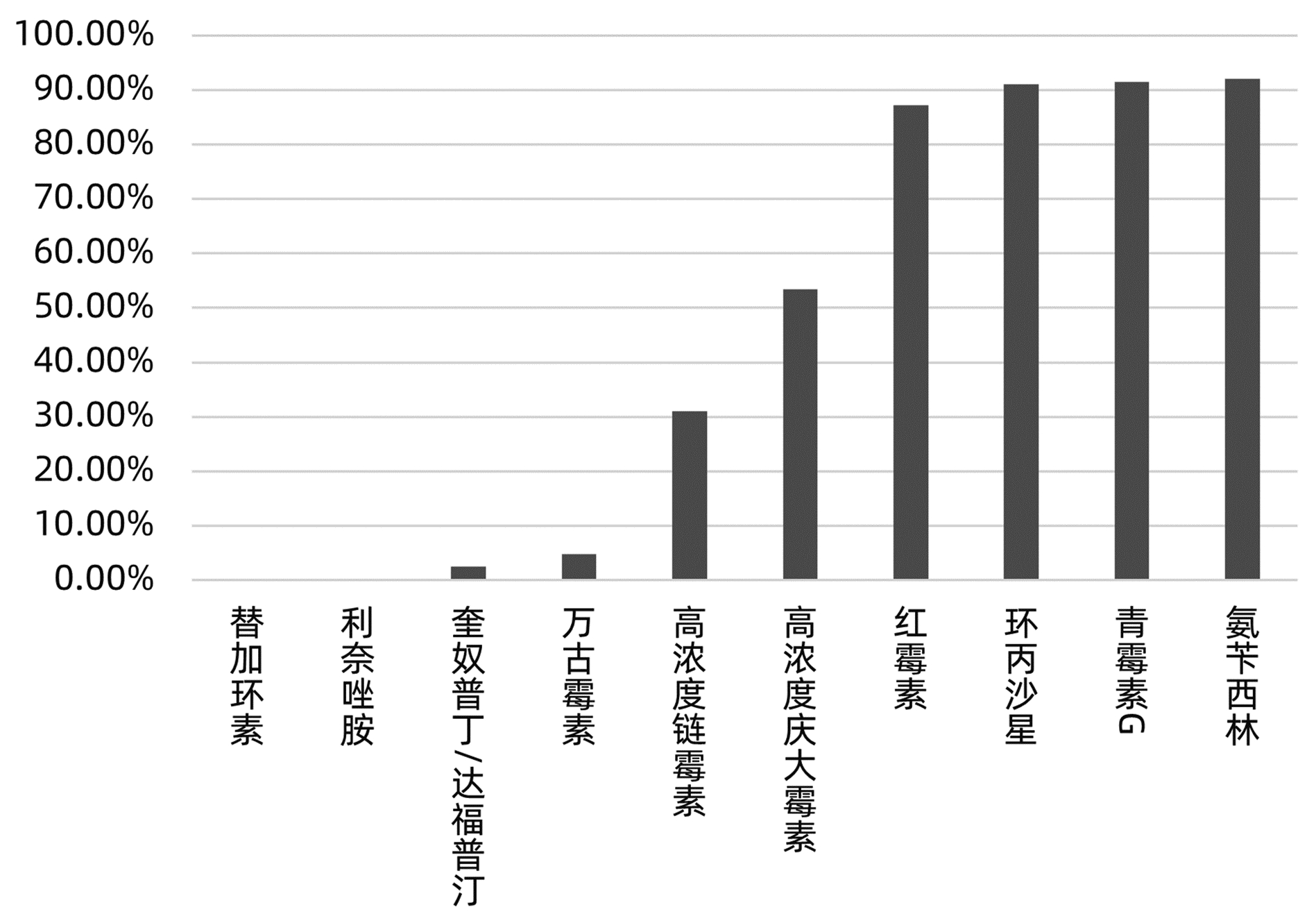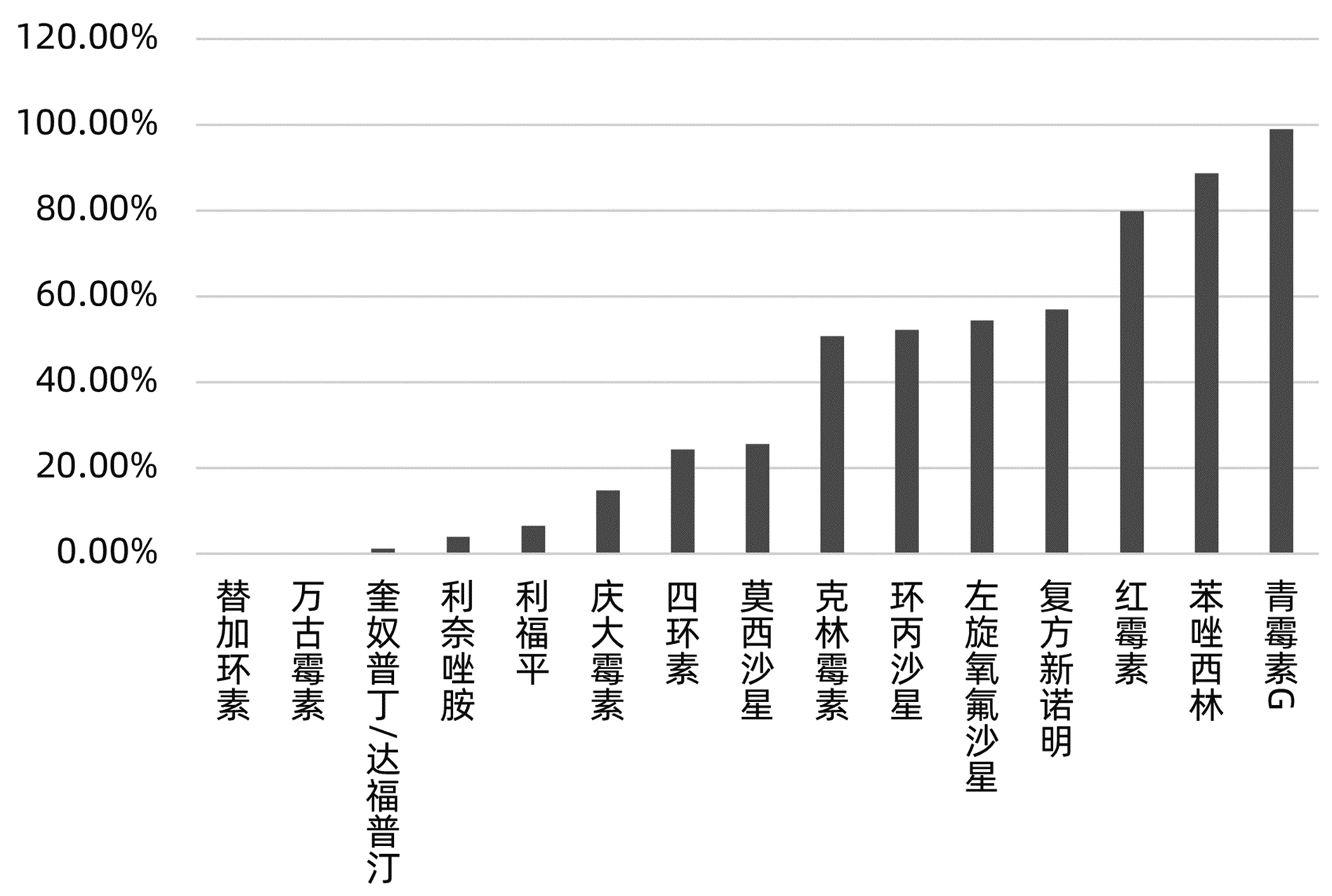| [1] |
ZHAO Y, ZHAO LJ. Research advances in the risk factors for infection after liver transplantation[J]. J Clin Hepatol, 2021, 37(8): 1957-1962. DOI: 10.3969/j.issn.1001-5256.2021.08.046. |
| [2] |
WANG XC, GE J, CHEN YW, et al. Research progress in detection of pathogen infection after organ transplantation[J]. Ogran Transplant, 2018, 9(6): 474-477. DOI: 10.3969/j.issn.1674-7445.2018.06.015. |
| [3] |
KIM SI. Bacterial infection after liver transplantation[J]. World J Gastroenterol, 2014, 20(20): 6211-6220. DOI: 10.3748/wjg.v20.i20.6211. |
| [4] |
LEE JS, LEE SH, KIM KS, et al. Bacterial infection monitoring in the early period after liver transplantation[J]. Ann Surg Treat Res, 2018, 94(3): 154-158. DOI: 10.4174/astr.2018.94.3.154. |
| [5] |
KAWECKI D, PACHOLCZYK M, LAGIEWSKA B, et al. Bacterial and fungal infections in the early post- transplantation period after liver transplantation: etiologic agents and their susceptibility[J]. Transplant Proc, 2014, 46(8): 2777-2781. DOI: 10.1016/j.transproceed.2014.08.031. |
| [6] |
DORSCHNER P, MCELROY LM, ISON MG. Nosocomial infections within the first month of solid organ transplantation[J]. Transpl Infect Dis, 2014, 16(2): 171-187. DOI: 10.1111/tid.12203. |
| [7] |
SHANG H, WANG YS, SHEN ZY. National Clinical Laboratory Operating Procedures (4th Edition)[M]. Beijing: People's Health Publishing House, 2015: 580-831.
尚红, 王毓三, 申子瑜. 全国临床检验操作规程(第四版)[M]. 北京: 人民卫生出版社, 2015: 580-831.
|
| [8] |
Clinical and Laboratory Standards Institute. Performance standards for antimicrobial susceptibility testing: 29th. CLSI M100[S]. USA: Clinical and Laboratory Standards Institute, 2019.
|
| [9] |
Society of Clinical Microbiology and Infection of China International Exchange and Promotion Association for Medical and Healthcare, Clinical Microbiology Group of the Laboratory Medicine Society of the Chinese Medical Association, Clinical Microbiology Group of the Microbiology and Immunology Society of the Chinese Medical Association. Expert consensus on polymyxins, tigecycline and ceftazidime/avibactam susceptibility testing[J]. Chin J Lab Med, 2020, 43(10): 964-972. DOI: 10.3760/cma.j.cn114452-20200719-00619. |
| [10] |
Clinical and Laboratory Standards Institute. Performance standards for antimicrobial susceptibility testing: 32nd. CLSI M100[S]. USA: Clinical and Laboratory Standards Institute, 2022.
|
| [11] |
XING F, YANG CS, JIN Y, et al. Distribution and drug resistance of microbial pathogens in 120 patients with infectious diseases in a hospital[J]. Clin J Med Offic, 2021, 49(9): 1023-1025. DOI: 10.16680/j.1671-3826.2021.09.21. |
| [12] |
|
| [13] |
WU JD, MU XX, HAN GY, et al. Analysis on distribution and drug resistance of 1380 strains of pathogens infected after liver transplantation from 2012 to 2015[J]. Drugs & Clinic, 2015, 30(12): 1546-1549. DOI: 10.7501/j.issn.1674-5515.2015.12.027. |
| [14] |
JIANG AD, YANG JY, XU T. Analysis on distribution and drug resistance of pathogens infected in adult deceased donor liver transplant recipients[J]. J Chin Antibiotics, 2020, 45(9): 924-928. DOI: 10.3969/j.issn.1001-8689.2020.09.014. |
| [15] |
YAO S, YAGI S, UOZUMI R, et al. A high portal venous pressure gradient increases gut-related bacteremia and consequent early mortality after living donor liver transplantation[J]. Transplantation, 2018, 102(4): 623-631. DOI: 10.1097/TP.0000000000002047. |
| [16] |
ANESI JA, BLUMBERG EA, ABBO LM. Perioperative antibiotic prophylaxis to prevent surgical site infections in solid organ transplantation[J]. Transplantation, 2018, 102(1): 21-34. DOI: 10.1097/TP.0000000000001848. |
| [17] |
Chinese Society of Organ Transplantation, Chinese Medical Association. Technical specifications for the diagnosis and treatment of drug resistant bacteria infection after organ transplantation (2019 edition)[J]. Ogran Transplant, 2019, 10(4): 352-358. DOI: 10.3969/j.issn.1674-7445.2019.04.002. |
| [18] |
HU FP, GUO Y, ZHU DM, et al. CHINET surveillance of bacterial resistance: results of 2020[J]. Chin J Infect Chemother, 2021, 21(4): 377-387. DOI: 10.16718/j.1009-7708.2021.04.001. |
| [19] |
KIM YJ, YOON JH, KIM SI, et al. High mortality associated with Acinetobacter species infection in liver transplant patients[J]. Transplant Proc, 2011, 43(6): 2397-2399. DOI: 10.1016/j.transproceed.2011.06.011. |
| [20] |
SHEN CY, WANG J, LIN T, et al. Distribution and risk factors of multi-drug resistant bacteria infection after liver transplantation[J]. J Hepatopancreatobiliary Surg, 2020, 32(6): 355-360. DOI: 10.11952/j.issn.1007-1954.2020.06.008. |
| [21] |
YU H, XU XS, LI M, et al. Consensus statement on laboratory detection and clinical report of carbapenemases among Enterobacterales[J]. Chin J Infect Chemother, 2020, 20(6): 671-680. DOI: 10.16718/j.1009-7708.2020.06.015. |

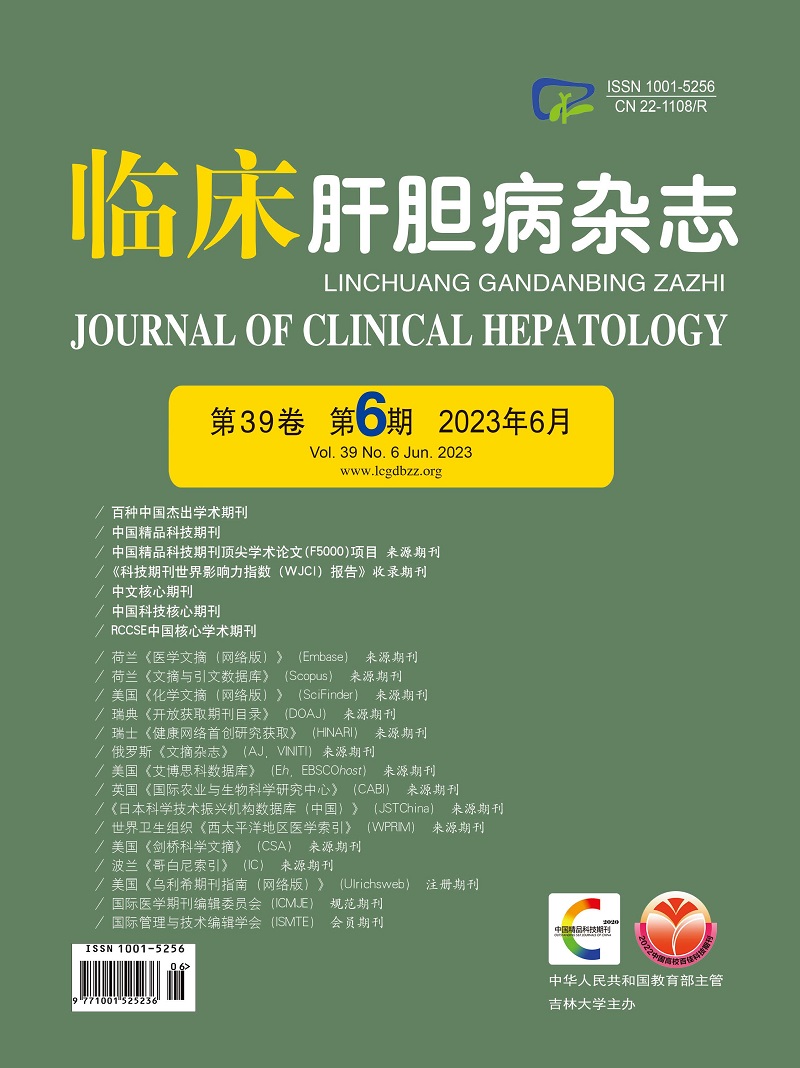

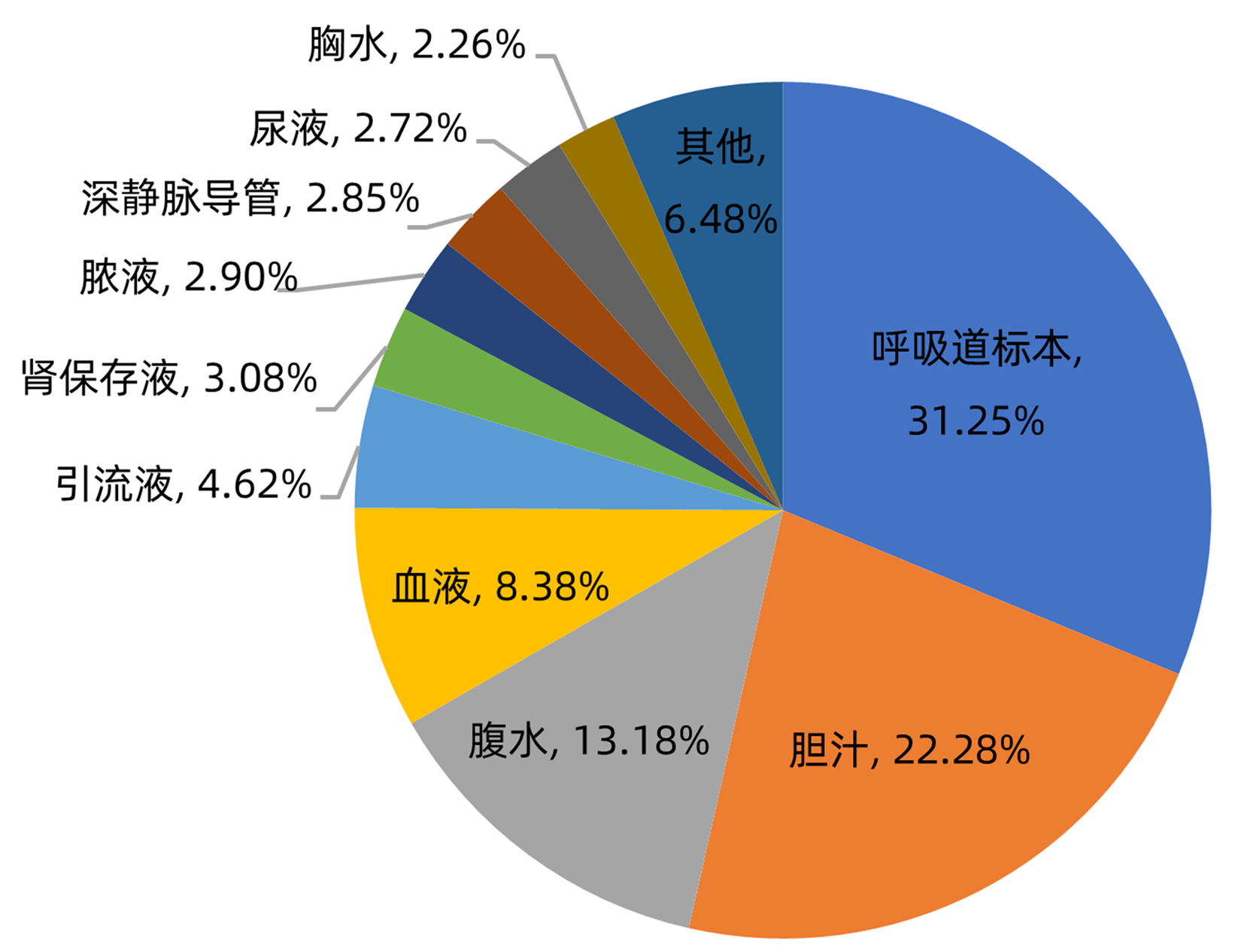




 DownLoad:
DownLoad:




